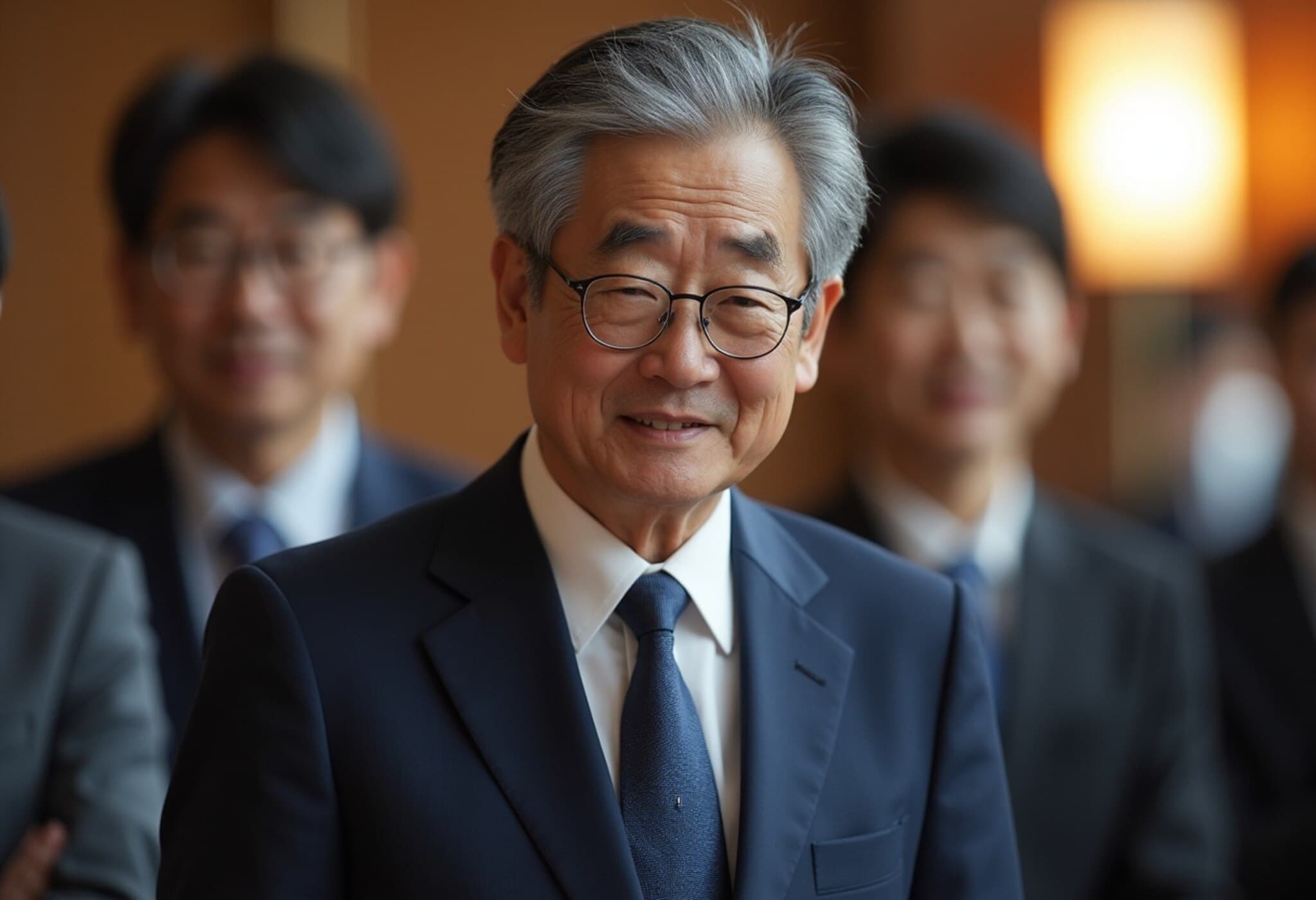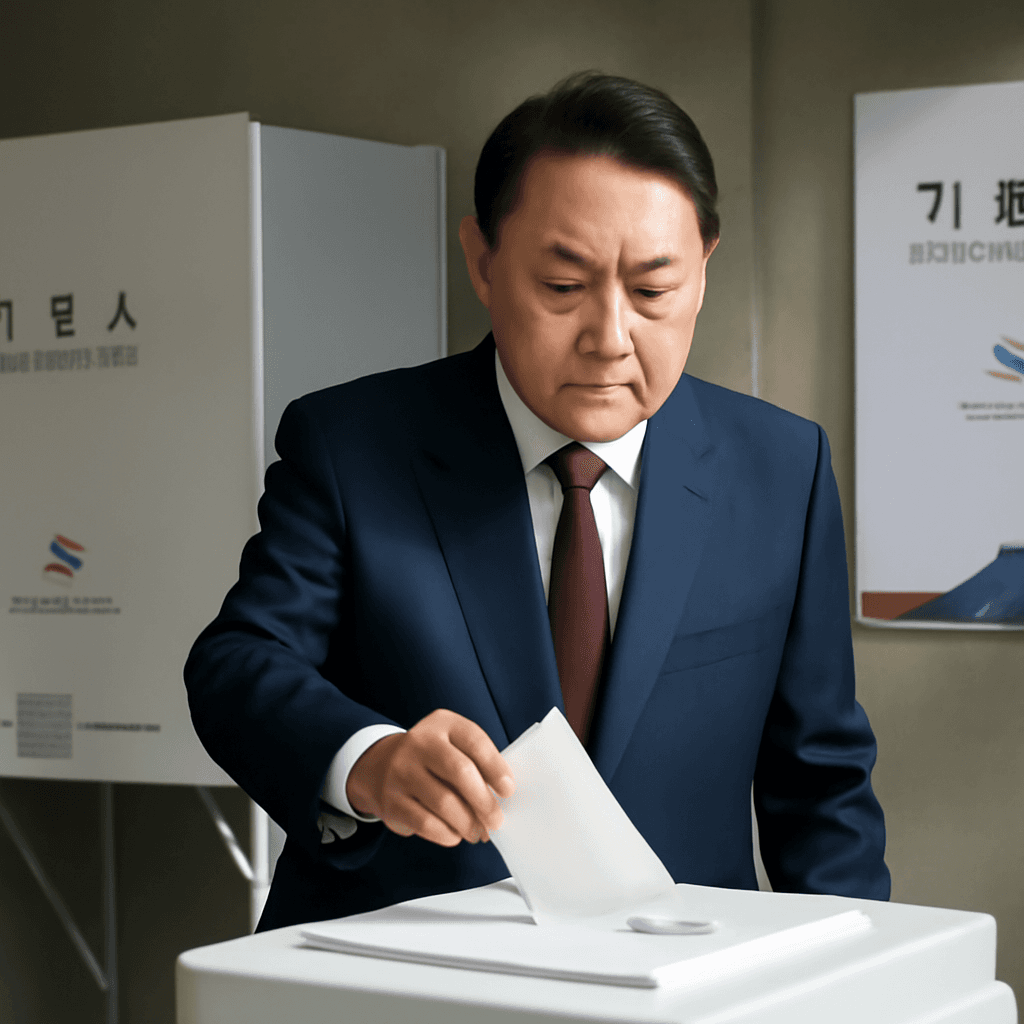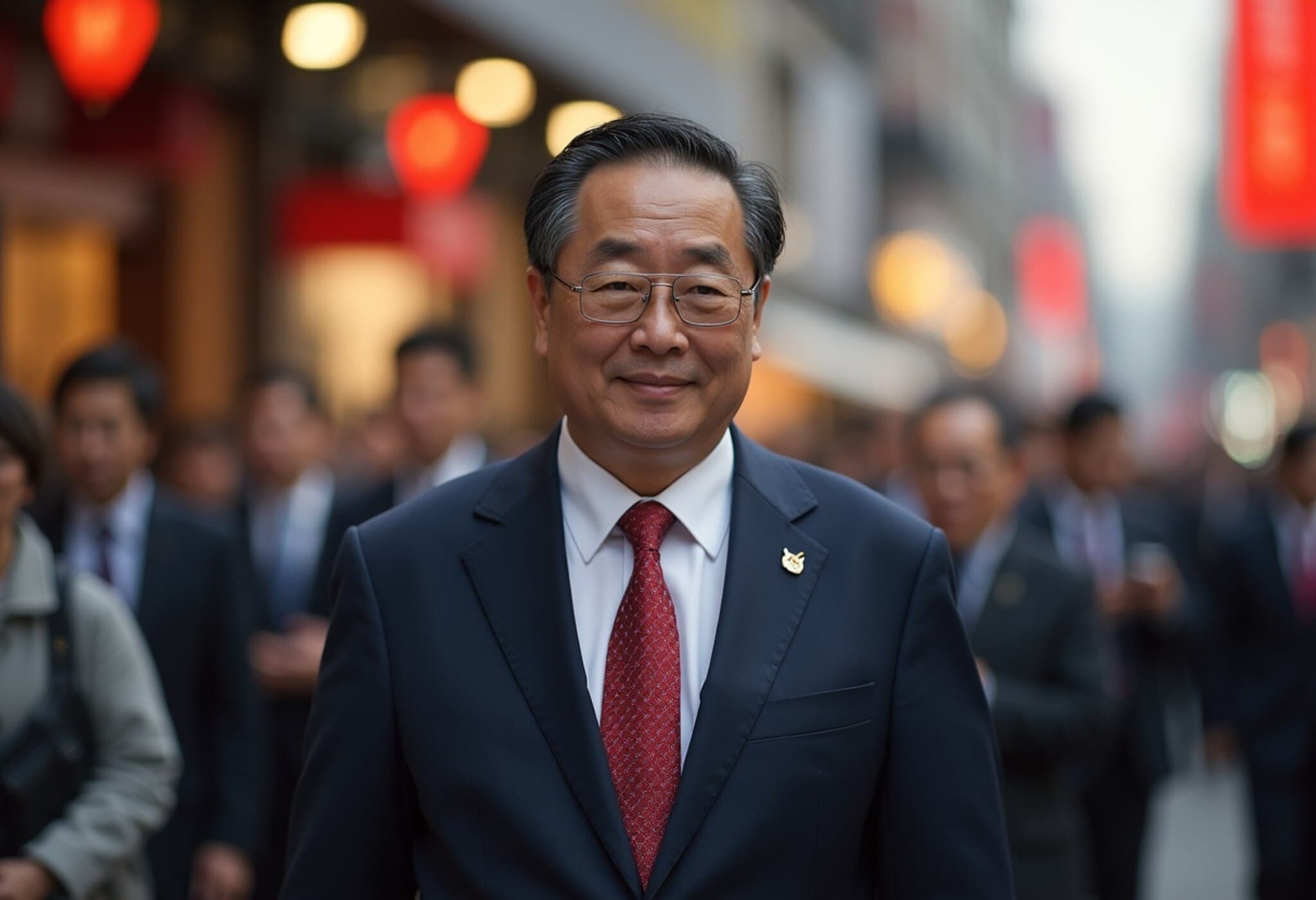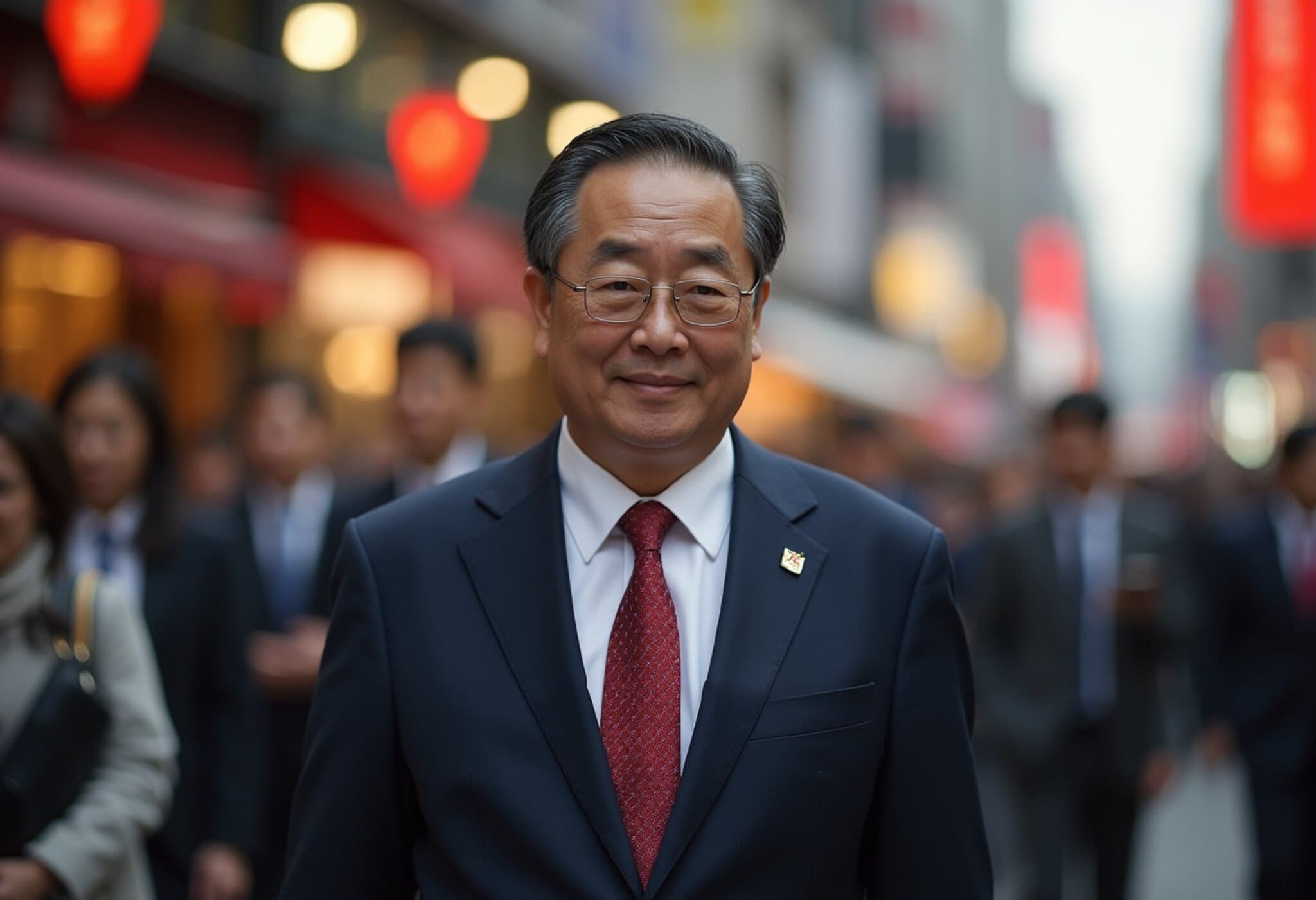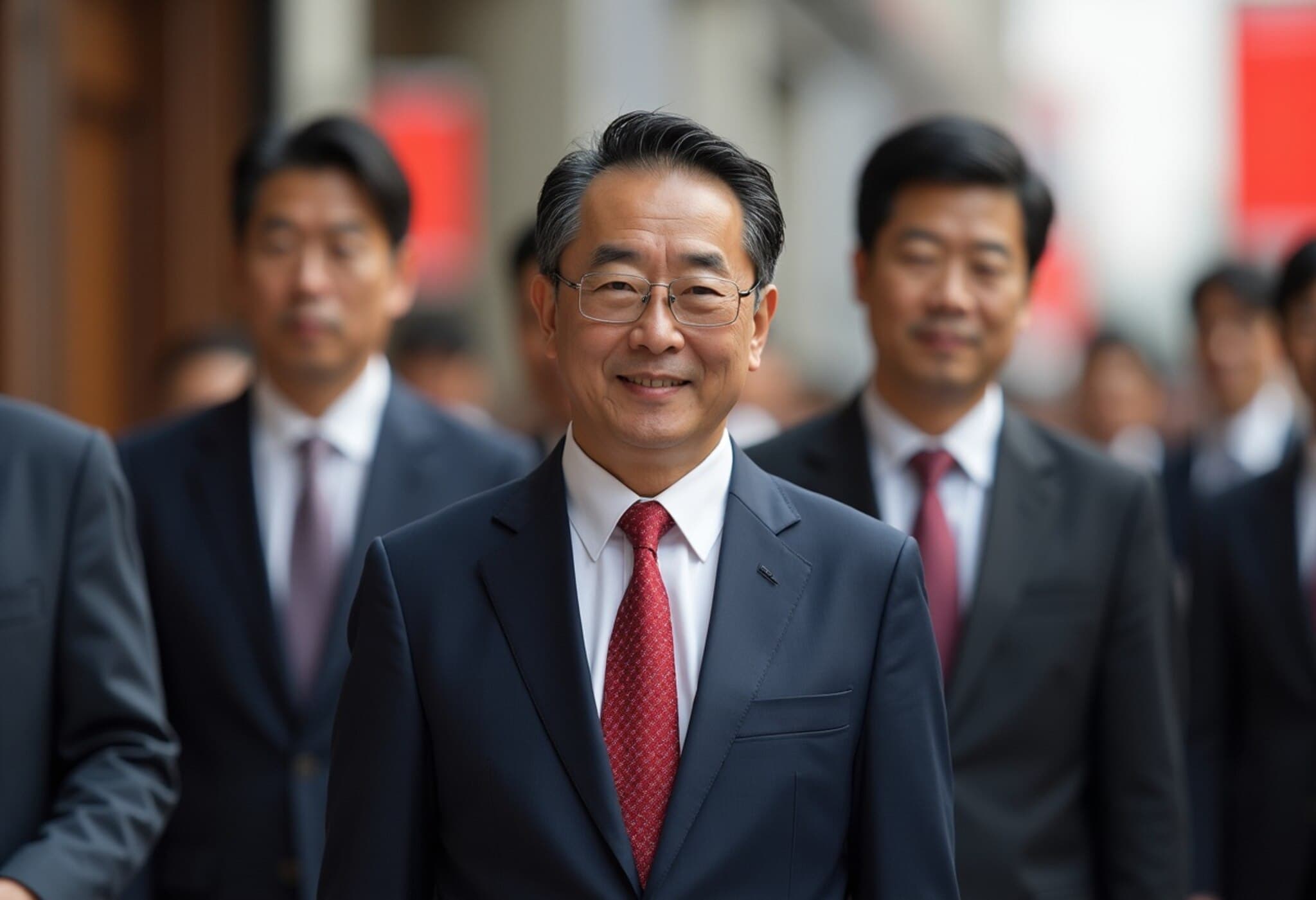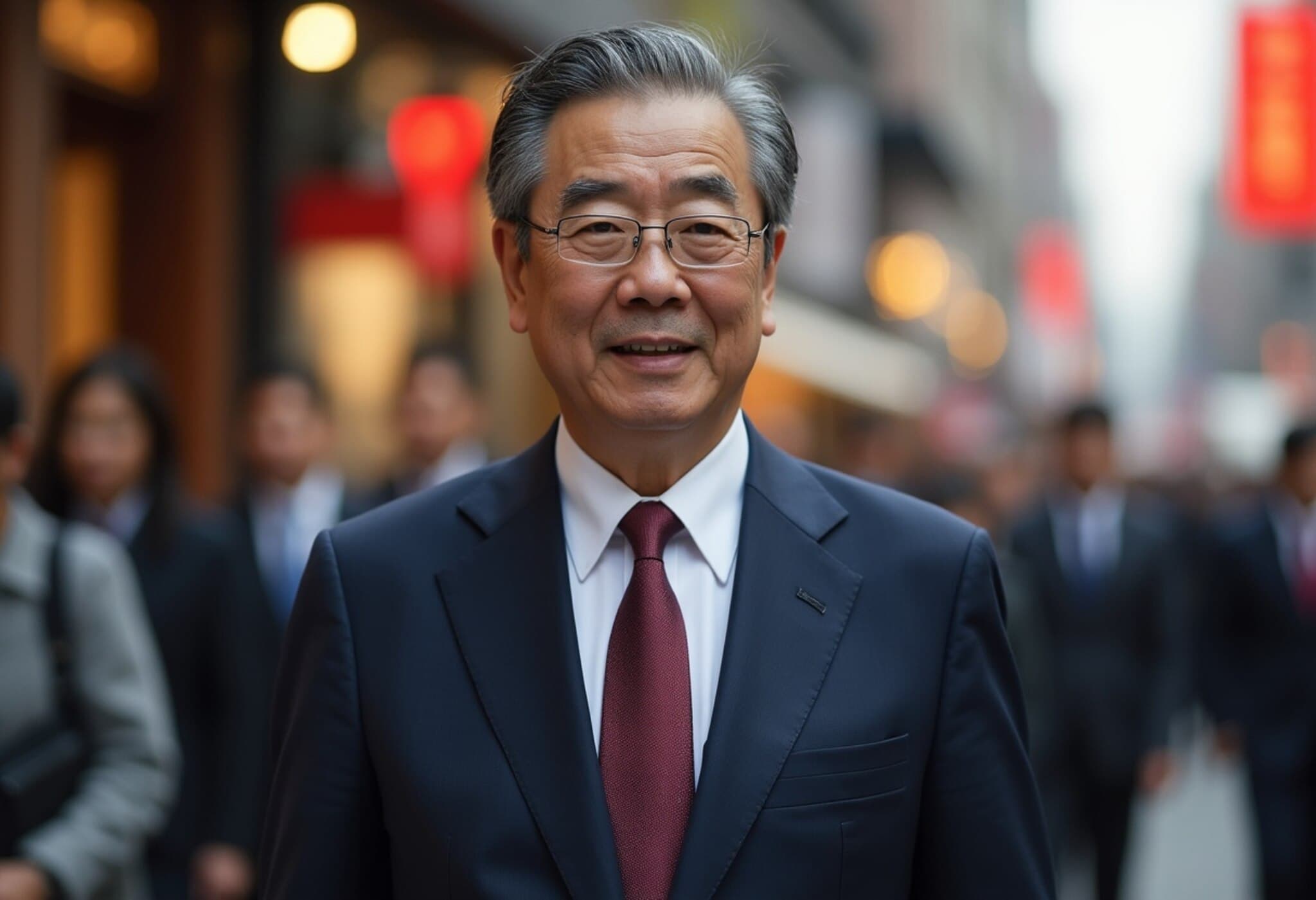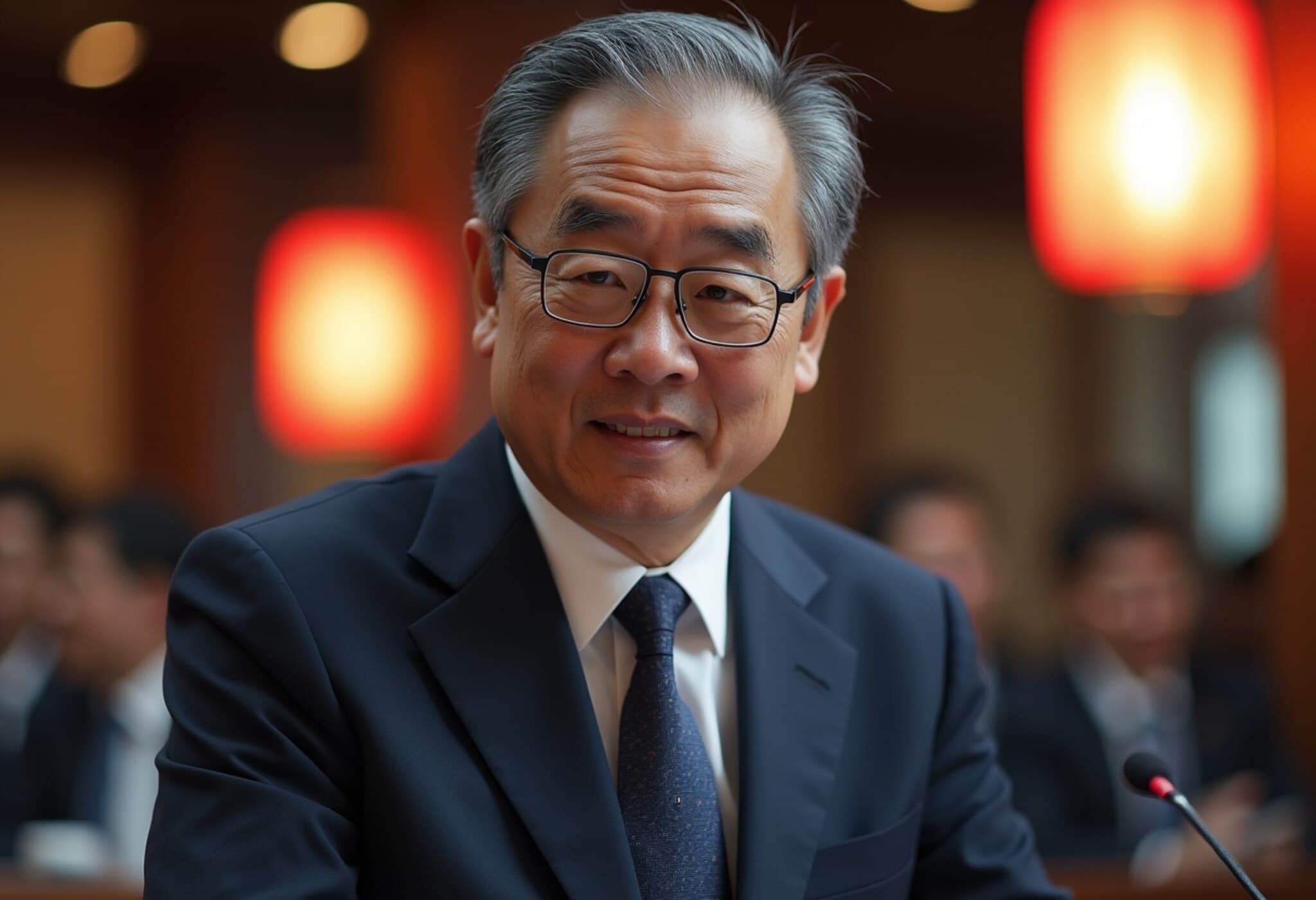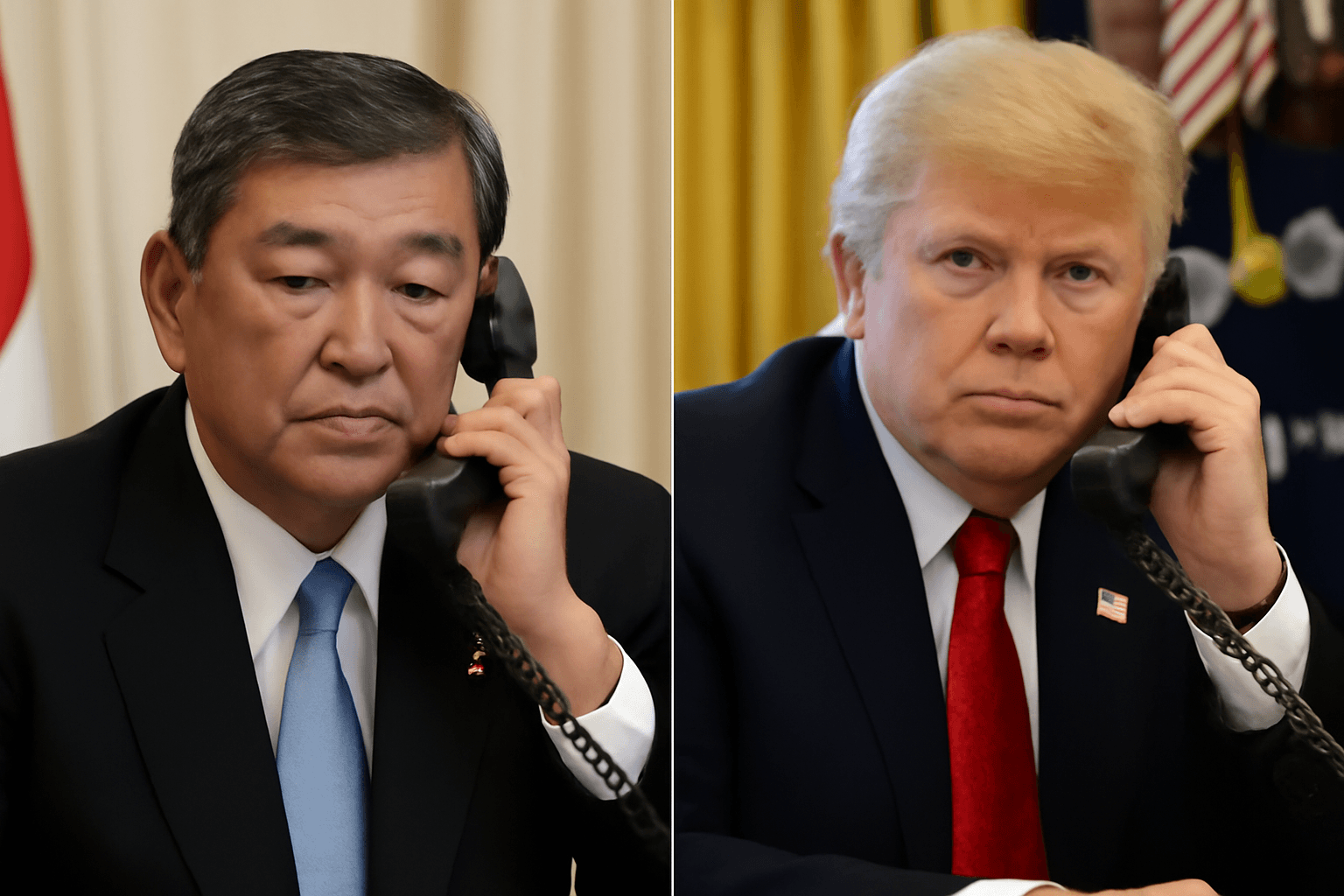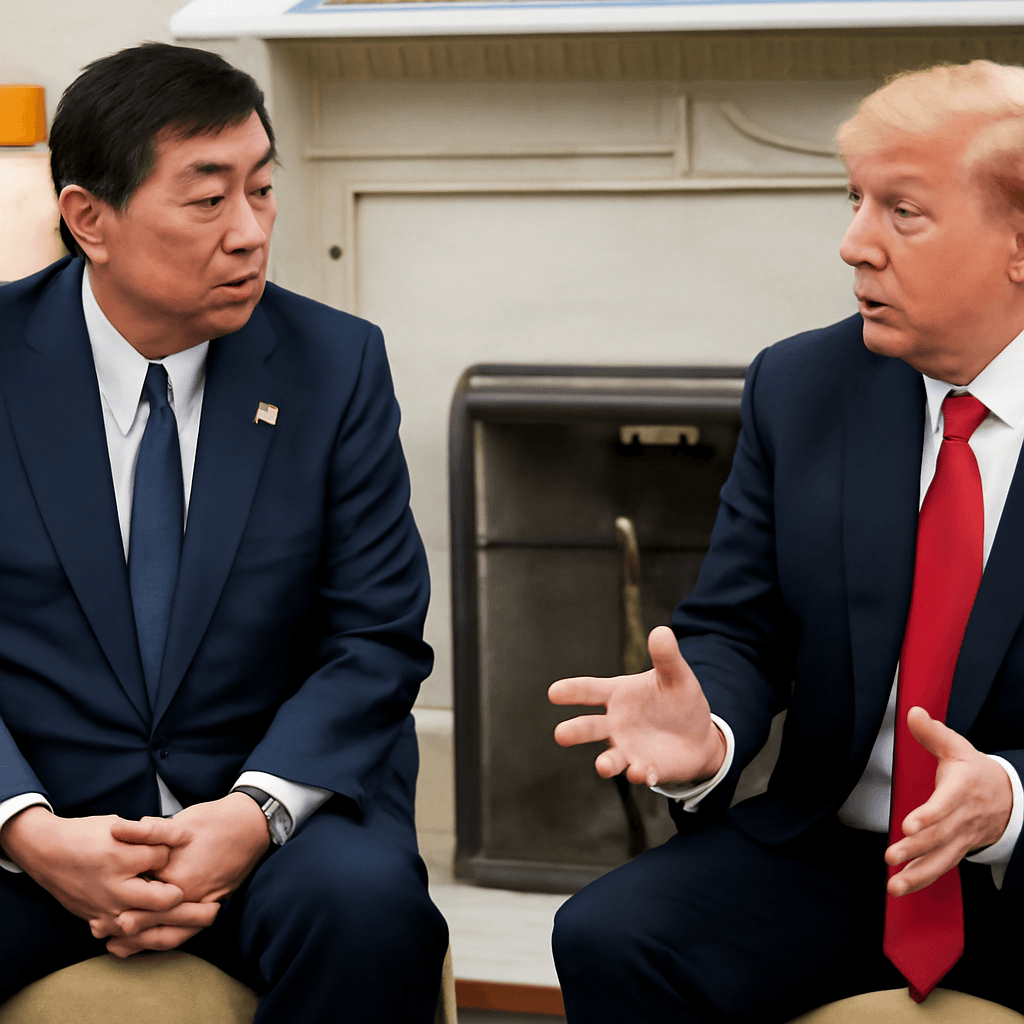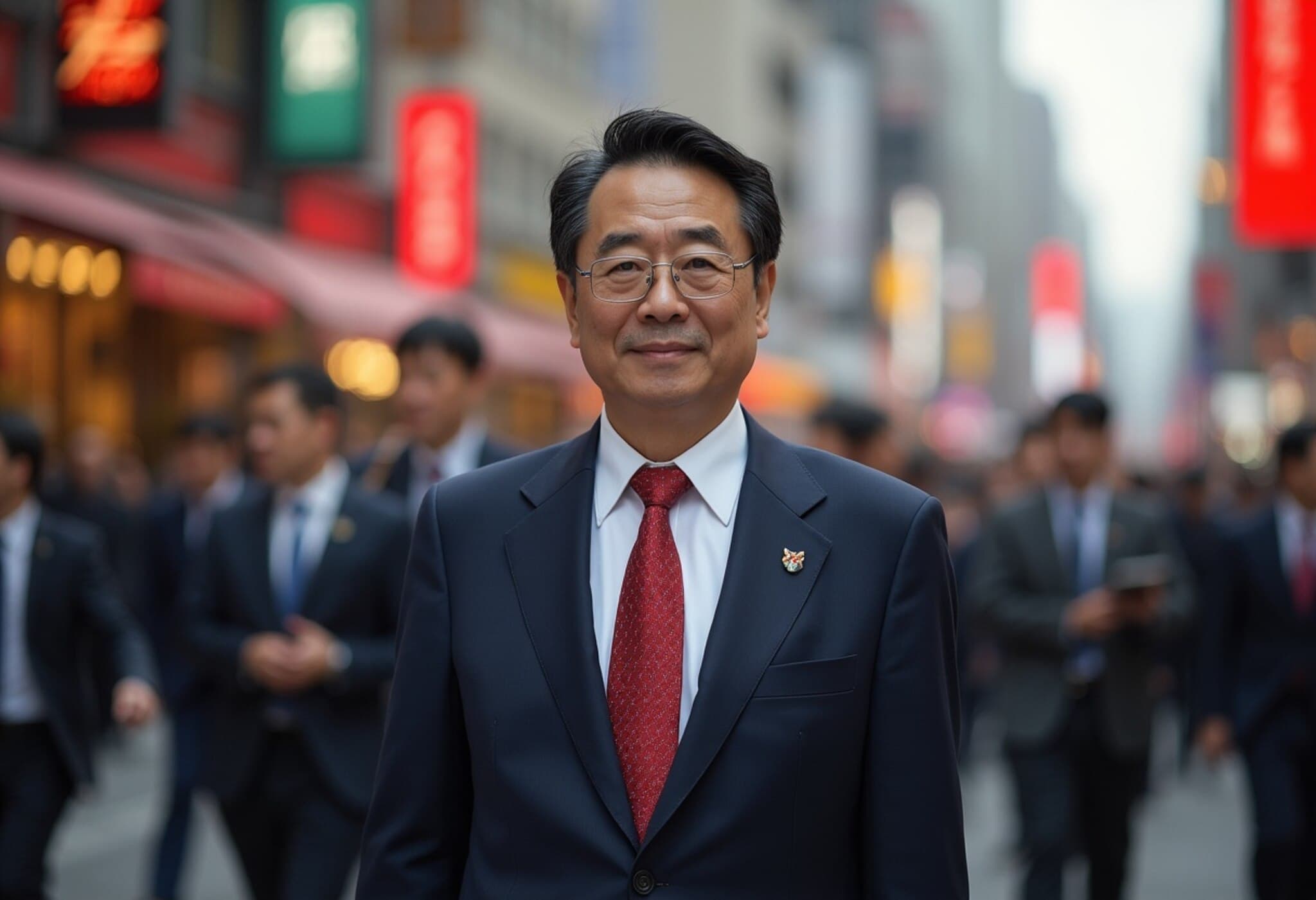Japan’s Ruling Coalition Loses Grip as Upper House Election Delivers Harsh Blow
In a significant political development on July 20, 2025, Japan’s Prime Minister Shigeru Ishiba and his ruling coalition experienced a sobering election result that could reshape the country’s political landscape amid pressing international trade tensions. The ruling Liberal Democratic Party (LDP) and its coalition partner Komeito were forecast to lose control of the upper house of parliament, marking a potentially destabilizing moment for Ishiba’s minority government.
Election Results Signal a Growing Challenge for Prime Minister Ishiba
According to exit polls released by Japan’s public broadcaster NHK, Ishiba’s coalition is projected to win between 32 and 51 of the 248 seats in the upper house, where half the seats were up for election. Other media outlets placed the ruling coalition’s expected seats at 41 to 43. The critical threshold to maintain majority control is 50 seats. Falling below 46 seats would represent their worst performance since the coalition's formation in 1999.
Just nine months earlier, in October’s lower house elections, the LDP suffered its worst showing in 15 years, already casting doubt on Ishiba’s political standing. The latest results intensify pressures on the prime minister, whose leadership faces increasing challenges both from opposition parties and within his own party ranks.
Prime Minister Responds with Determination Despite Political Headwinds
Speaking shortly after the polls closed, Ishiba acknowledged the gravity of the outcome, describing the results as “harsh” but affirming his intention to remain Japan’s leader and LDP president. Emphasizing the broader stakes beyond electoral politics, he pointed to ongoing negotiations with the United States over a critical trade agreement, which carry a fast-approaching deadline of August 1.
“We are engaged in extremely critical tariff negotiations with the United States... we must never ruin these negotiations. It is only natural to devote our complete dedication and energy to realizing our national interests,” Ishiba told TV Tokyo.
Japan faces the risk of incurring punitive tariffs on its exports if a trade deal is not secured in time—a serious threat for the world’s fourth-largest economy.
Opposition Gains and the Rise of Far-Right Voices
The election also shed light on shifting political undercurrents in Japan. The main opposition party, the Constitutional Democratic Party, is expected to increase its upper house representation from 22 to between 18 and 30 seats, signaling voter dissatisfaction with the ruling coalition’s handling of economic issues such as inflation.
Of particular note is the surge of the far-right Sanseito party, a relatively new political force born from social media and YouTube activism, which campaigns with a “Japanese First” message and rhetoric warning against what it calls a “silent invasion” of foreigners. Sanseito is forecast to rise dramatically to 10-15 seats from a single seat, though it holds only three lower house seats.
Economic Concerns, Tax Debates, and Voter Sentiment
Economic frustrations have clearly influenced voter behavior. Inflation, especially rising food prices such as rice, has stirred public concern. Opposition parties have capitalized on popular calls for consumption tax cuts, a policy the LDP has resisted due to worries about Japan’s massive government debt and financial market volatility.
David Boling, a director at Eurasia Group, observed, “The LDP was largely playing defense in this election, being on the wrong side of a key voter issue … Opposition parties seized on it and hammered that message home.”
Cultural Identity and Immigration Fears in a Changing Japan
Japan remains one of the world’s most aged societies, with a population that is less diverse than neighboring nations but where foreign residents are becoming increasingly visible due to tourism and immigration. The foreign-born population hit a record 3.8 million last year, representing about 3% of the total population.
This demographic shift, alongside economic worries, has fueled nationalist sentiments. Voters like 25-year-old student Yu Nagai, who chose Sanseito at the polls, express concerns about perceived inequities in resource allocation and social respect between Japanese citizens and foreigners.
What Lies Ahead: Political Stability and Trade Negotiations in the Spotlight
As Japan braces for the ramifications of this election, several critical questions loom:
- Will Prime Minister Ishiba be able to maintain control and navigate the imminent trade negotiations with the United States effectively?
- How will the rise of far-right parties like Sanseito reshape Japan’s domestic policies and its approach to immigration?
- Can opposition parties leverage their gains to push for economic reforms that resonate with voters concerned about inflation and taxation?
Japan’s ruling coalition faces arguably its most significant political test in decades, underscoring the complex interplay between domestic voter sentiments, economic realities, and international pressures.
Editor’s Note
This election not only reflects Japan’s evolving political currents but highlights the fragility of consensus politics in the context of global economic uncertainty. Ishiba’s administration must reconcile fiscal discipline with growing public demand for relief and inclusivity, all under the weight of international trade stakes. Observers should watch how this political shift influences Japan’s broader strategy on trade, immigration, and social cohesion moving forward.

